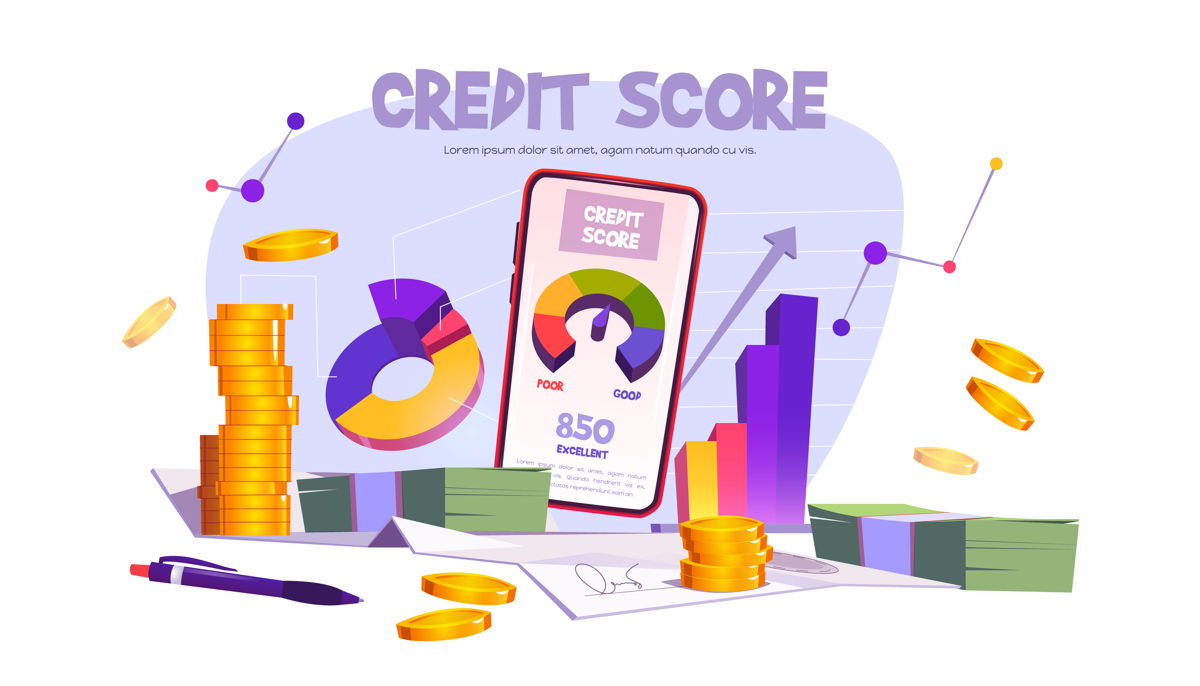CREDIT CARD ISSUERS
Credit card issuers can often increase or decrease credit limits without notice, even lowering your credit limit to the point where you have no credit available. If you don’t have any accessible credit, you won’t be able to make any purchases until you clear some of your current debt. Sometimes, they generally cut credit lines to help manage their business and risk. They may also cut credit lines when their overall credit portfolios need to be adjusted if the economy is tenuous.
Here Are Some Common Triggers For Credit Line Reductions:
- Inactive Account Status
The two major ways credit card issuers profit from their accounts are transaction fees and interest on rolling sums. Because credit card companies can only provide consumers a certain amount of credit, if you don’t use your card and don’t have a balance, your credit limit may be reduced to allow the company to lend to someone else.
- Maxed Out Of Credit Line
However, maxing out a credit line, going over your credit limit frequently, missing payments, or changing your purchasing habits may indicate to the card issuer that you’re in danger of default. A card issuer may reconsider your credit line due to risk if your credit score has recently dropped or you have a high credit use rate generally.
- Adjustments in Lending Portfolios
Card companies may adjust their credit limits in response to changes in the law or their own goals. Because card issuers are legally limited in the amount of credit they can provide, they may choose to reduce credit limits to fulfil these risk requirements or to boost overall profitability.
- Economy Factors
The way credit card issuers assess credit risk can be influenced by major economic factors. The COVID-19 pandemic, for example, created considerable economic disruption and uncertainty between 2020 and 2021, prompting some credit card firms to tighten their belts and reduce credit lines. During the Great Recession of 2008, a similar scenario emerged.
How Your Credit Limit Is Determined?
Your credit card limit is determined by various things. First and foremost, the type of card matters. Some credit cards only offer a single credit limit regardless of the cardholder’s credit score, income, or other financial information.
Other cards have a range of credit limits. Cardholders with lesser incomes, credit scores, and negative credit histories would receive fewer amounts, while those who are better qualified would receive bigger amounts. Your income, debt-to-income ratio, credit history, and other credit cards you hold, as well as their restrictions, all play a role in determining your credit limit.
How Does a Lower Credit Limit Affect Your Credit?
If you have a balance, a lower credit line means less available credit, which can affect your credit utilisation percentage. What is the process of credit utilisation? Assume you have a Rs.25,000 balance on a Rs.100,000 credit card. On that card, your credit usage percentage is 25%, which is normally regarded low enough to avoid serious credit score damage. Low credit utilisation might help you keep your credit because it is one of the most essential variables in your credit score.
Let’s say your credit card company lowers your credit limit to Rs.50,000. If your balance remains unchanged, your credit usage will increase to 50%. Credit experts recommend that you keep your credit use below 30%, therefore your new utilisation ratio of 50% is high and could harm your credit score. If you have a high revolving balance, you’re also more exposed. Your utilisation ratio will not alter if your card’s balance is zero, but it may limit the card’s usefulness if you need to carry a balance in the future.
What to Do if Your Credit Card Issuer Reduces Your Credit Limit
If your credit card company suddenly cut your credit limit, below-mentioned are some simple steps you can take.
- Call Your Card Issuer and Ask Why They Reduced Your Limit
Call the number on the back of your card for customer support. Be courteous yet strict. Request that the customer service representative explain why your credit limit was reduced and what you may do to change it.
“As a consumer, you have the right to contact the lender and inquire as to why they did it.”
- Plead Your Case
Bring up any indicators of your creditworthiness, such as a strong payment history, a high credit score, or a healthy income. Request that your former credit limit be reinstated by the issuer. For pleading your case, anything that works in your favour is fair game. It’s not a given that the call representative will change your restriction, but making a persuasive (and respectful) case won’t hurt.
- Decide On What Your Next Move Will Be
If you’ve been a good customer, the issuer may opt to restore your credit limit. They might or might not. Accept the new credit limit, which will most likely increase over time if you use your card responsibly. If you’re not happy, consider getting a new credit card and transferring your balance.
Bottom Line
If your credit utilization has increased as a result of a credit limit reduction, work on paying off your remaining debt to bring it back into line. To prevent missing a payment and damaging your credit, make your monthly debt payments on time. If you need new credit, apply for it, but be strategic: Make as few hard inquiries as possible on your credit.




